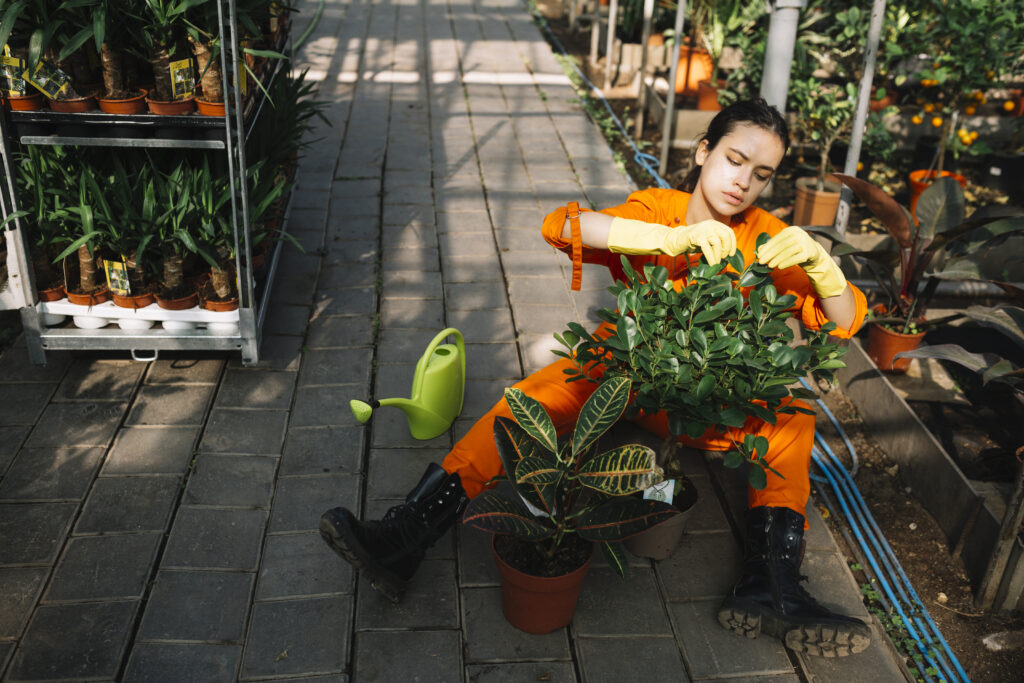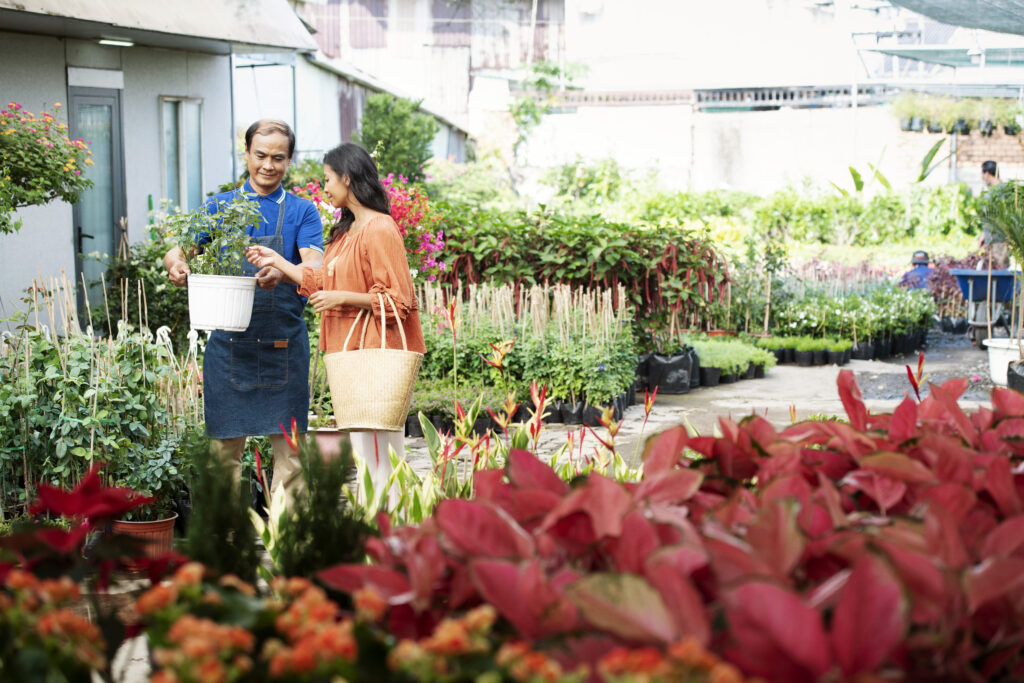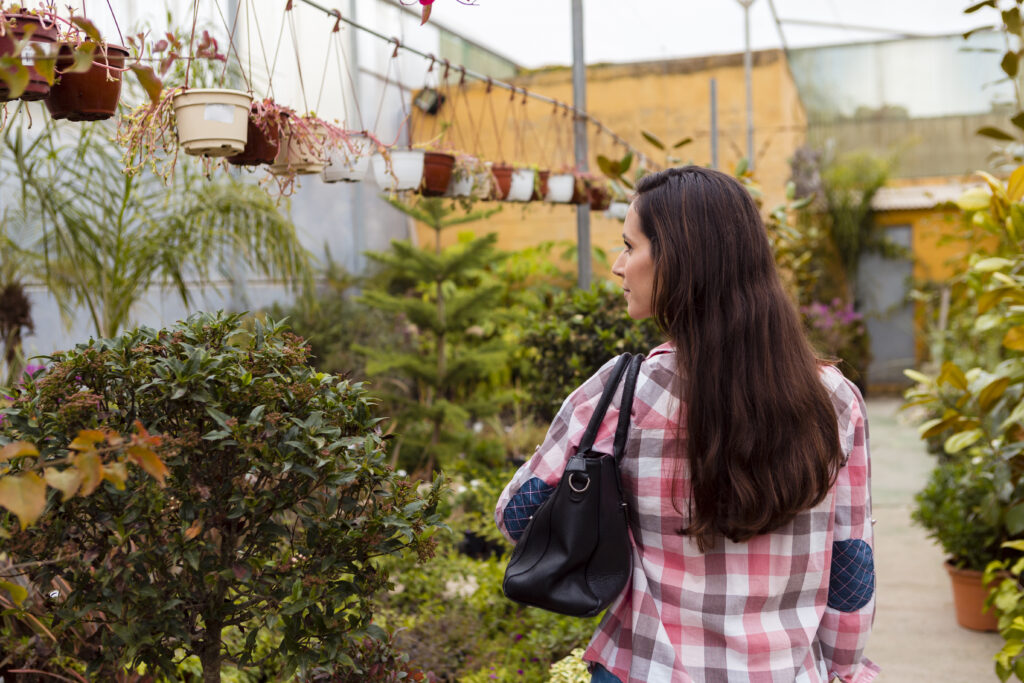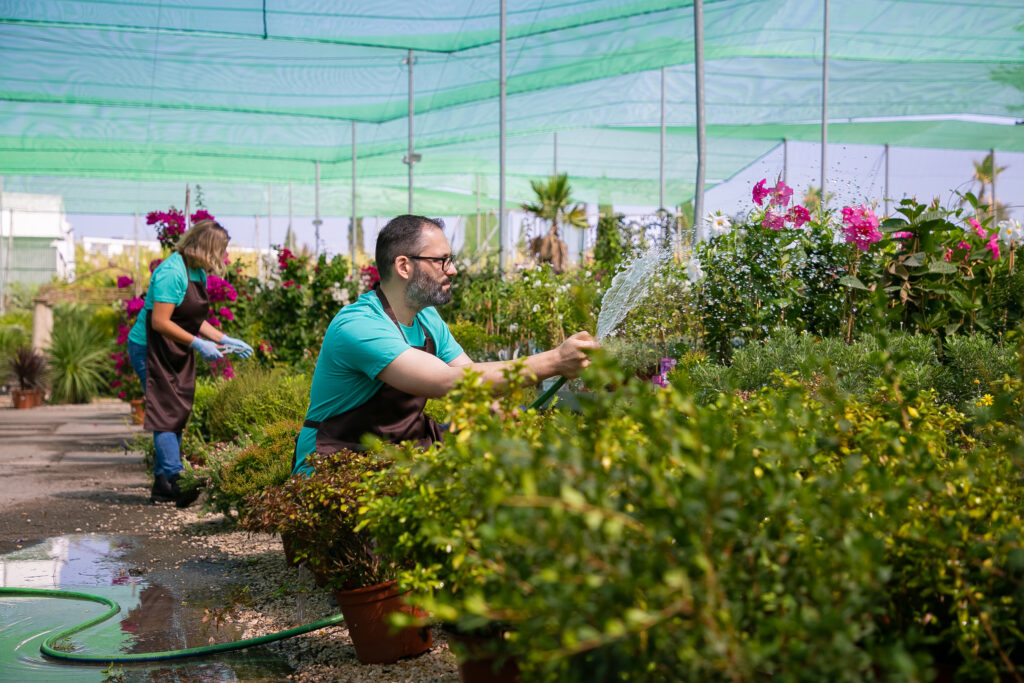🌿Roof Gardening: Guide to a Flourishing Garden Over the City
Rooftop gardening is one of the finest means to introduce greenery, fresh fruits and vegetables, and a place of relaxation in cities. With restricted urban land, rooftops are best converted into green oases that create food, shade, and even cool buildings. If you desire a vegetable garden, herb garden, or a beautifying floral haven, rooftop gardening will make it possible.
✅ Benefits of Rooftop Gardening
- Effective Use of Space – Make use of vacant rooftop spaces for gardening.
- Better Air Quality – Plants remove carbon dioxide and produce oxygen.
- Regulation of Temperature – Roof gardens make your house cooler during summer and warmer during winter.
- Fresh & Organic Produce – Produce fresh vegetables, herbs, and fruits.
- Aesthetic & Relaxation – Have a serene haven from the hustle and bustle of the city.
- Rainwater Harvesting – Ideal location for harvesting and utilizing collected rainwater.
🏗️ Planning Your Rooftop Garden
Before planting, preparation is essential:
- Check Structural Strength – Get your rooftop checked if it can support the load of soil, pots, and water. Consider hiring an engineer if necessary.
- Waterproofing – Waterproof your rooftop thoroughly to ensure no leaks.
- Drainage System – Fit drainage layers (gravel, sand, or pipes) to keep water away from collecting there.
- Wind Protection – Apply trellises, netting, or barriers to shield plants from strong winds.
- Sunlight Access – The majority of vegetables and flowers require a minimum of 5–6 hours of sunlight.

🪴 Choosing Containers & Soil
- Containers: Utilize lightweight pots, grow bags, vertical planters, or raised beds.
- Soil Mix: The ideal rooftop mix is 40% garden soil, 30% compost, 20% cocopeat, and 10% sand/perlite for air circulation.
- Organic Compost: Add kitchen waste compost or vermicompost.
Best Plants for Rooftop Gardens
Vegetables
- Tomatoes, chilies, spinach, lettuce, okra, beans, carrots, radishes.
Herbs
- Basil, mint, coriander, oregano, thyme, lemongrass.
Fruits (in raised beds or large containers)
- Strawberries, papaya, pomegranate, figs, lemon, guava, grapes.
Ornamentals
- Roses, hibiscus, marigolds, sunflowers, bougainvillea, succulents.

Watering & Irrigation
- Use a drip irrigation system or self-watering containers to conserve water.
- Water early morning or evening to avoid evaporation.
- Rainwater harvesting systems can be a sustainable water supply.
Rooftop Garden Design Ideas
- Vertical Gardens – Space-saving wall-mounted planters.
- Pergolas & Trellises – Train climbers such as passionfruit or beans for shade.
- Raised Beds – To plant vegetables in a planned manner.
- Relaxation Corner – Incorporate seating, mini fountains, or fairy lights for ambiance.
- Mixed Planting – Plant ornamentals and edibles together for lush appearance.
Pest & Plant Care
- Apply neem oil sprays, garlic spray, or soap water for pest control.
- Rotate crops seasonally to prevent soil depletion.
- Use organic fertilizer at every 20–30 days interval.

Challenges & Solutions
- Weight Issues → Use light pots and soils.
- Strong Winds → Plant windbreakers and sturdy plants.
- Excess Heat → Use shade nets, mulch the ground, and water frequently.
- Waterproofing Leaks → Seal properly before moving forward.
Eco-Friendly Practices
- Use kitchen waste compost to reduce waste.
- Sow pollinator flowers to attract bees and butterflies.
- Fix rainwater harvesting systems for sustainability.
Final Thoughts
Rooftop gardening is not merely putting plants in there—it’s creating a green culture in the midst of the city. With careful planning, light pots, and proper plant care, you can create your rooftop into a productive and stress-free heaven.



